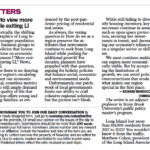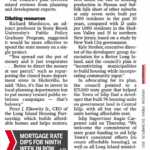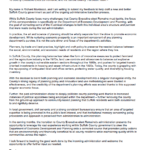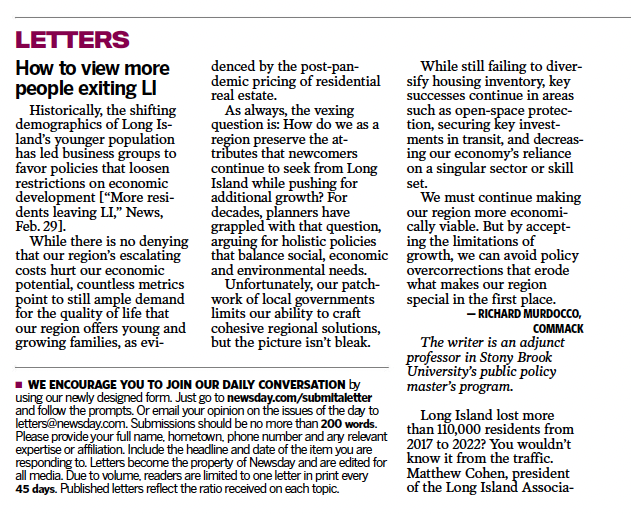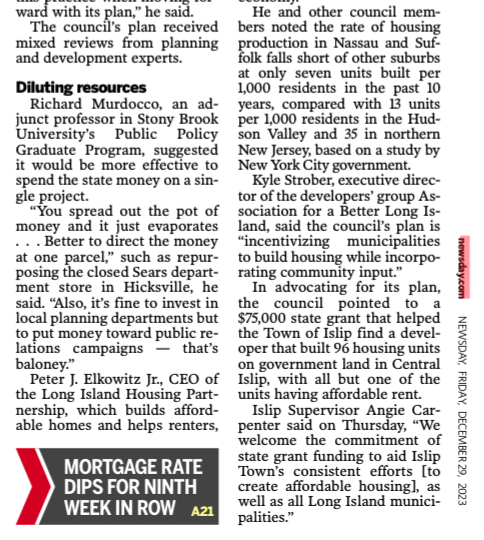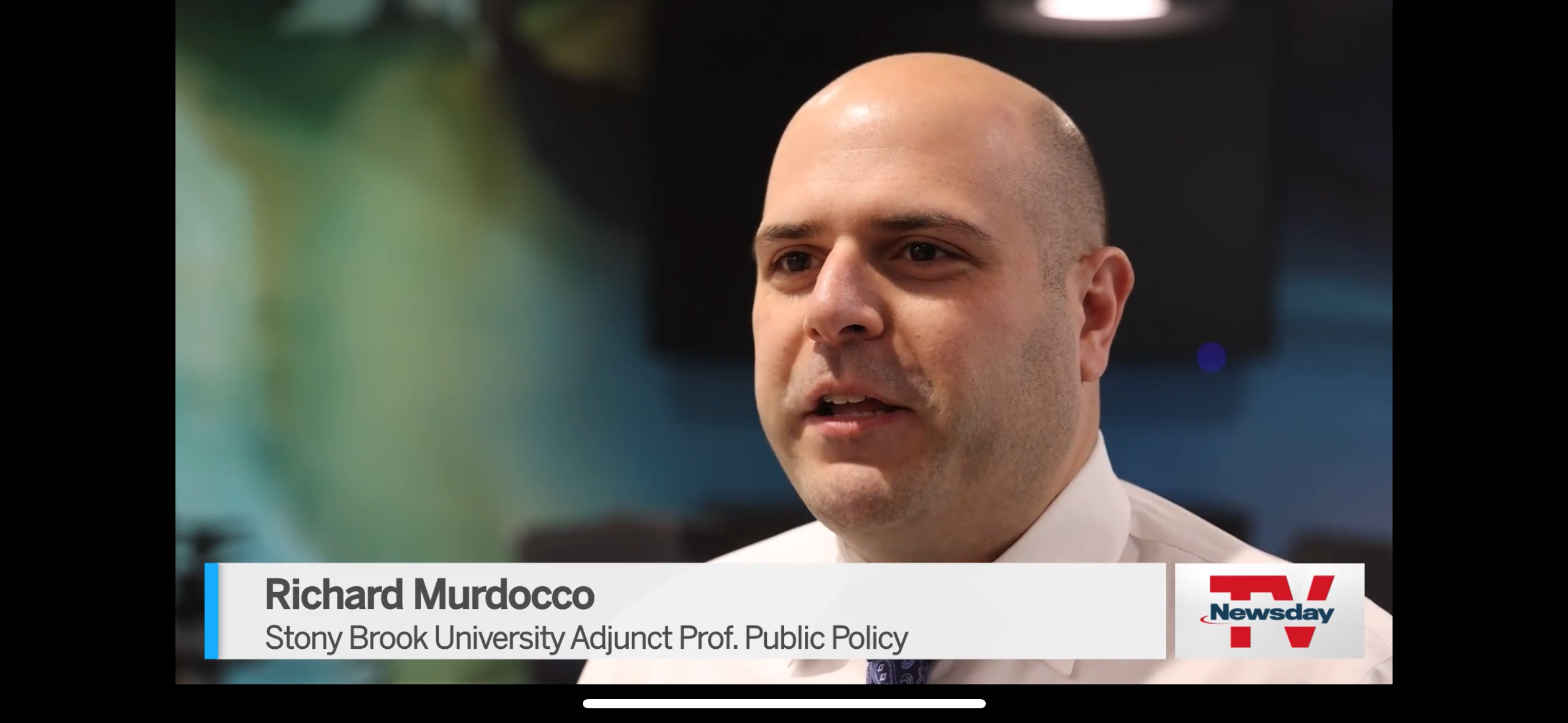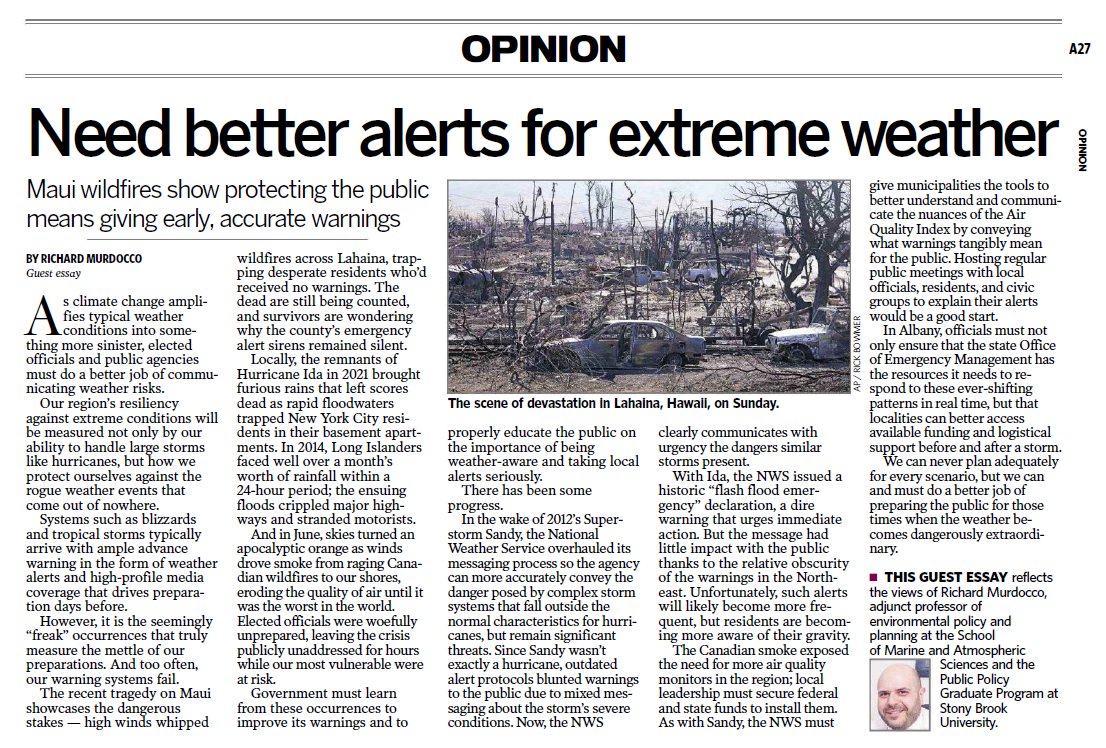This was a busy year on Long Island. From pending megaprojects in Islip to the ever-changing roles of IDAs, the region is looking at a transformative 2015. Will Long Islanders learn from 2014 and it’s common themes?
All too often throughout 2014, the solutions Long Islanders are given to economic stagnation were tailored to fit a convenient narrative instead of being based upon scientific data and the urban planning process. This was problematic because these solutions were not reactionary to present on-the-ground realities, and touted “responsible growth” without exactly defining what that concept is. These vague buzzword-driven approaches worked to create vague development strategies that can quickly lose public credibility outside of development-industry circles.
Some groups in the past year attacked what they called an “academic” approach and at the same time dismissed the merits of regional planning. By immediately dismissing solutions just because they are outside the hyperlocal scope of a group’s agenda and expertise, these groups reminded Long Island’s residents that it is important to always consider the source of policy recommendations being made in public forums that shape Long Island’s future.
Looking ahead to 2015, the focus should be on not only analysis of Long Island’s problems, but real, implementable solutions to help create a prosperous and sustainable 2016, 2017 and beyond.
As a policy analyst, it is necessary to sit back and commentate on what is wrong with a particular approach being taken. In fact, the cyclical nature of Long Island’s issues and the key players involved almost make it too easy to say what exactly is wrong in the region. It is the planner’s challenge to present real, workable solutions once the analysis is complete.
With both Forbes and The Economist reporting a post-recession rise of suburbia, it is important to adapt our policies to reflect current needs of the region, and the residents who live here. In the new year, it is important to move beyond mere criticisms and instead, get moving on addressing our regional needs.
Long Island needs new voices and new approaches that think outside of the box. Residents must get engaged in civic issues, share their views with stakeholder groups and local government, and actively work to help shape their communities. As evidenced by 2014’s rapid rise and fall of speed cameras, residents can in fact have a tangible impact.
There is much work to be done. Here’s to a productive 2015.



